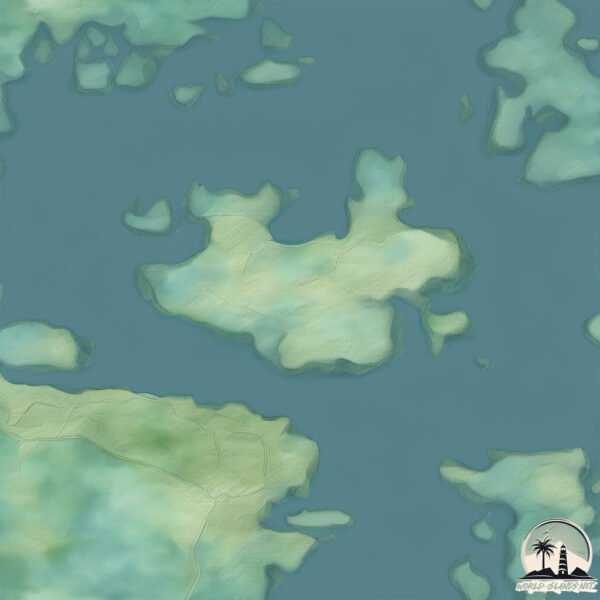Welcome to Lidon , a Continental island in the Baltic Sea, part of the majestic Atlantic Ocean. This guide offers a comprehensive overview of what makes Lidon unique – from its geography and climate to its population, infrastructure, and beyond. Dive into the details:
Geography and size of Lidon
Size: 2.851 km²Coastline: 9.3 kmOcean: Atlantic OceanSea: Baltic SeaContinent: Europe
Lidon is a Small Island spanning 2.9 km² with a coastline of 9.3 km.
Archipel: –
Tectonic Plate: Eurasia – One of the world’s largest tectonic plates, the Eurasian Plate covers a significant portion of Europe and Asia. It’s characterized by diverse geological features, including the Ural Mountains, the European Plain, and the Himalayas formed from its collision with the Indian Plate.
The geographic heart of the island is pinpointed at these coordinates:
Climate and weather of Lidon
Climate Zone: ContinentalClimate Details: Warm-Summer Humid Continental ClimateTemperature: Warm Summer
Climate Characteristics: Features warm summers and cold winters with consistent precipitation, common in higher latitudes.
Topography and nature of Lidon
Timezone: UTC+01:00Timezone places: Europe/ParisMax. Elevation: 25 m Mean Elevation: 14 mVegetation: Evergreen Needleleaf ForestTree Coverage: 97%
The mean elevation is 14 m. The highest elevation on the island reaches approximately 25 meters above sea level. The island is characterized by Plains: Flat, low-lying lands characterized by a maximum elevation of up to 200 meters. On islands, plains are typically coastal lowlands or central flat areas.
Dominating Vegetation: Evergreen Needleleaf Forest
Vegetation: 5 vegetation zones – Highly Diverse Island
Infrastructure and Travelling to Lidon
Does the island have a public airport? no .
Does the island have a major port? no .
The mean population of Lidon is 16 per km². Lidon is Gently Populated. The island belongs to Sweden .
Continuing your journey, Vato is the next notable island, situated merely km away.
i lived on an island in east london for £2000 per month | london city island empty apartment tour
this is what £2000 per month gets you in east london. specifically, on an island in east london. yep, i lived on an island (london ...
i lived on an island in east london for £2000 per month | london city island empty apartment tour
this is what £2000 per month gets you in east london. specifically, on ...
this is what £2000 per month gets you in east london. specifically, on an island in east london. yep, i lived on an island (london ...
Explore a £25 Million Exclusive Private Island near London | Property Tour
Osea Island is an exclusive, luxury private island in Essex with 380 ...
Osea Island is an exclusive, luxury private island in Essex with 380 acres of rustic gardens, orchards, meadows and salt marsh.
Exploring Eel Pie Island: London’s Secret Island That Only Opens Twice A Year. Plus Twickenham
Sweden is classified as Developed region: nonG7: Developed economies outside of the Group of Seven, characterized by high income and advanced economic structures. The level of income is High income: OECD.
News – Latest Updates and Headlines from Lidon
Stay informed with the most recent news and important headlines from Lidon. Here’s a roundup of the latest developments.
Loading...
Please note: The data used here has been primarily extracted from satellite readings. Deviations from exact values may occur, particularly regarding the height of elevations and population density. Land area and coastline measurements refer to average values at mean high tide.

